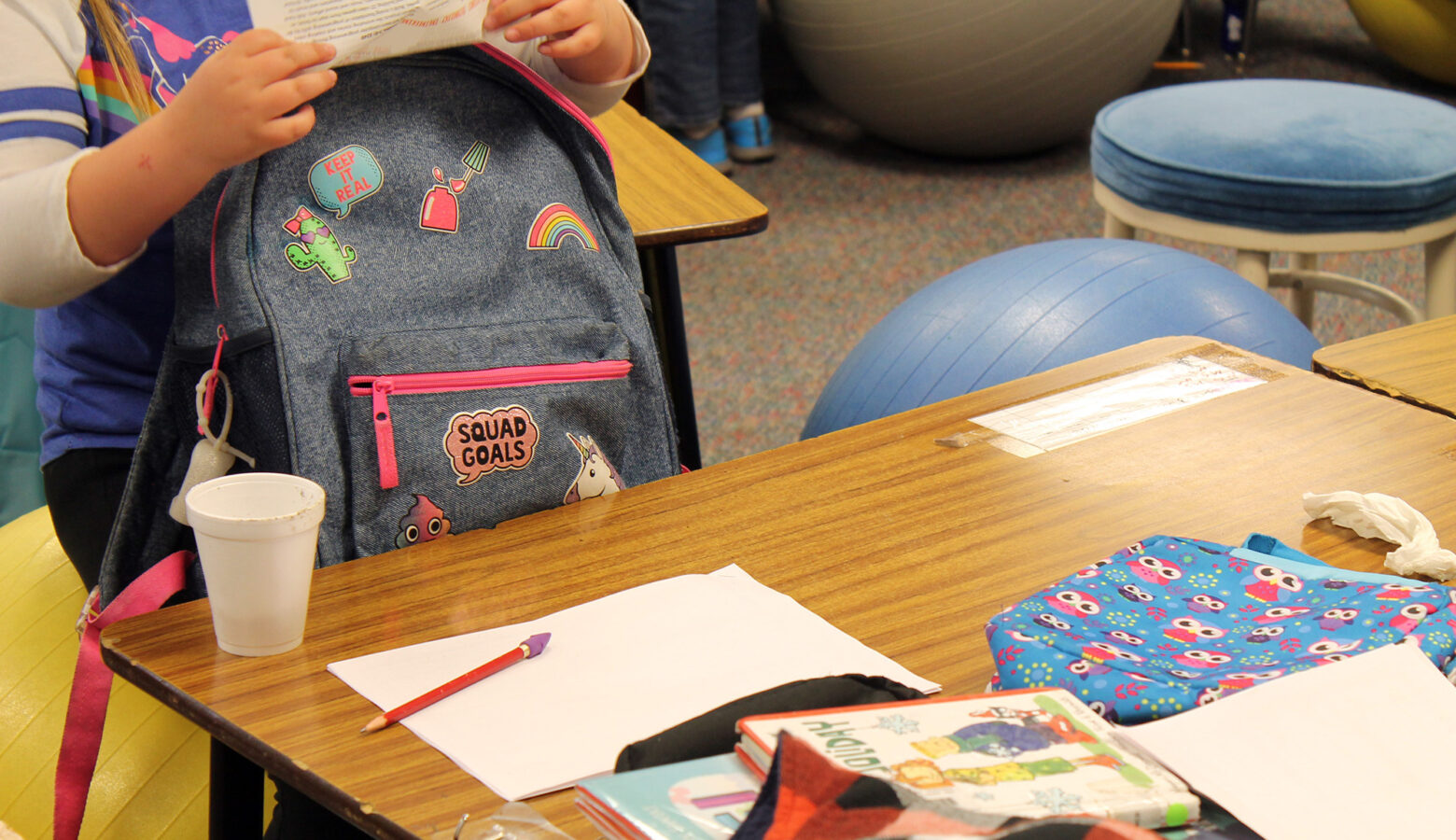DATABASE: ILEARN scores largely stagnant as less than half pass end-of-year assessment

Less than half of Indiana’s third through eighth graders are passing their end-of-year assessments. This year’s ILEARN results were largely stagnant.
The ILEARN measures students’ progress in multiple subjects from third to eighth grade. It was first administered in 2019, but due to disruptions from the COVID-19 pandemic, the IDOE considers 2021 scores to be the baseline.
Overall, 41 percent of students scored proficient in English language arts (ELA) this year and 40.7 percent achieved proficiency in math.
“We have to ensure that our students have the foundations in reading and math, and it is urgent, to be ready for the opportunities and options we’re trying to develop at the high school level,” said Indiana Secretary of Education Katie Jenner.
Almost all grade levels saw modest increases in ELA scores. Third grade and eighth grade were the exceptions.
This year’s third graders experienced their first few years of school during the pandemic, when many classes were taught online. Jenner said that could have caused some of the delays in their progress.
However, third grade reading scores have declined for more than a decade in Indiana. The conversation around reading has mostly centered around the state’s reading exam, the IREAD-3, but Jenner said the ILEARN also evaluates students’ reading skills.
“We have enough data to know when they’re struggling in third grade, that struggle will continue unless there’s targeted intervention, which will be incredibly important,” she said.
Find this year’s results for your school in our database.
Jenner said absenteeism is another challenge to raising ILEARN scores. Last fall, the IDOE reported nearly 221,000 students miss at least 10 percent of the school year and are considered chronically absent.
“We have to get kids in school every day and stay totally targeted on those skills,” she said.
Every grade level besides seventh grade saw a decrease in math scores.
Jennifer Smith-Margraf, vice president of the Indiana State Teachers Association, attributes low ILEARN test scores to Indiana’s educator shortage. She said when teaching positions are left unfilled, students are the ones who suffer.
Progress in ELA and math sections varied across demographic groups. Black students — who make up more than 12 percent of ILEARN test-takers — saw gains in both ELA and math this year. Latino students make up more than 14 percent of this year’s test takers, and they saw losses in both areas.
Paid lunch students scored about 15 percent higher than students who receive free and reduced lunch. However, free and reduced lunch students made slight gains this year in both ELA and math compared to paid lunch students.
Smith-Margraf said one end-of-the-year test is not an effective way to measure students’ progress, but efforts by the state to add ILEARN checkpoints throughout the year will better allow teachers to monitor students and see where they are struggling.
READ MORE: Indiana testing explained: Why do kids take so many standardized tests?
Join the conversation and sign up for the Indiana Two-Way. Text “Indiana” to 765-275-1120. Your comments and questions in response to our weekly text help us find the answers you need on statewide issues and the election, including our project Civically, Indiana.
The ILEARN redesign kicked off last summer and aims to provide more feedback to families and educators before the school year ends. There will still be an end-of-the-year assessment, but it will be shorter than the current ILEARN. Schools can opt-in to the new ILEARN model for the 2024-25 school year, and it will be fully implemented statewide during the 2025-26 school year.
Jenner said Indiana will be one of 13 states to use the checkpoint model.
However, she cautioned against comparing Indiana’s ILEARN scores against other states’ data because other states have different tests.
“ILEARN cannot be compared to Ohio or Michigan or Kentucky or other states across the country,” she said. “It is specific to Indiana.”
Jenner said parents and educators must be laser-focused to ensure students are meeting educational milestones and leaving each grade with the knowledge needed to advance to the next.
“Our foot is on the gas pedal,” Jenner said. “We have to keep after it and make sure our students have solid foundations for the opportunities ahead.”
Kirsten is our education reporter. Contact her at kadair@wfyi.org or follow her on Twitter at @kirsten_adair.

